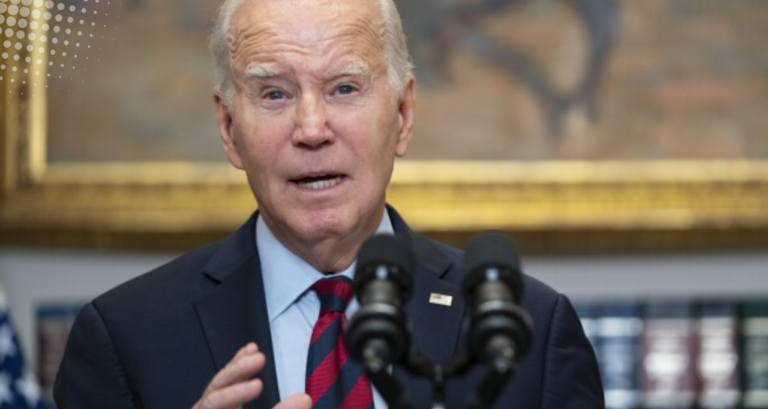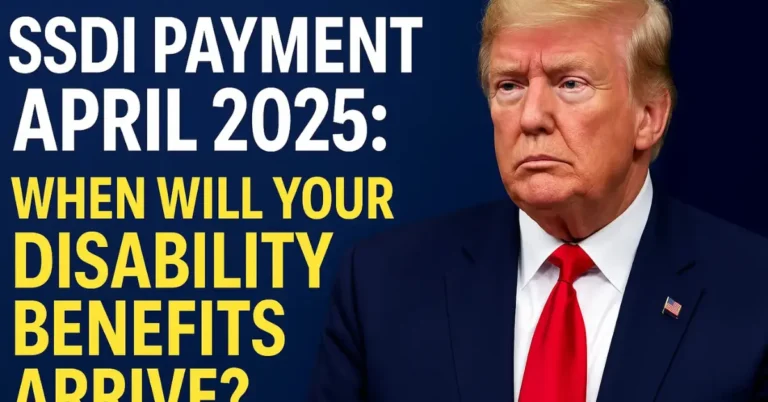Kamala Harris’ $25,000 Down Payment Assistance Plan
As housing prices continue to surge, homeownership remains a distant dream for many Americans, particularly for first-time buyers. In response, Vice President Kamala Harris has proposed an ambitious plan to provide up to $25,000 in federal down payment assistance. This initiative, aimed at helping millions of first-time homebuyers, could reshape the housing market and make homeownership more accessible.
What Is Kamala Harris’ $25,000 Down Payment Assistance Plan?
The $25,000 Down Payment Assistance Plan is part of a larger effort to address the growing housing affordability crisis in the United States. It offers first-time homebuyers a one-time financial grant to help cover the often-prohibitive costs of a down payment, which is a significant barrier to homeownership for many low- and moderate-income families.
The plan stems from Harris’ broader economic proposal, which focuses on providing financial relief to those struggling with rising housing costs. By helping Americans overcome the hurdle of down payment requirements, this initiative aims to create a more inclusive pathway to homeownership, particularly for renters who have a consistent payment history.
Who Qualifies for the $25,000 Homebuyer Assistance Program?
To be eligible for the $25,000 homebuyer assistance program, applicants must meet specific criteria. The plan is targeted toward first-time homebuyers, and while some details are still being finalized, the key qualifications are expected to include:
- First-Time Homebuyer Status: Applicants must not have previously owned a home.
- Rental History: Potential homeowners must have paid their rent on time for at least two consecutive years.
- Income Requirements: The program will likely cater to low- and moderate-income families, although exact income limits have not yet been confirmed.
- U.S. Citizenship: Only U.S. citizens or permanent residents will be eligible for the grant.
- Geographic Focus: Specific eligibility requirements based on location may be introduced, depending on local housing market conditions.
These criteria are designed to help those who have demonstrated financial responsibility as renters but have been unable to save enough for a down payment.
How Will the $25,000 Assistance Be Distributed?
The $25,000 down payment assistance is expected to be administered by the federal government and distributed in a straightforward process. Here’s how the disbursement process is expected to work:
- Application Process: Eligible homebuyers will need to apply through a designated platform, likely a government-run website.
- Verification: Applicants will need to submit proof of income, rental history, and other documents verifying their eligibility.
- Disbursement: Once approved, the $25,000 will be directly applied to the down payment for the purchase of the new home. The funds may be disbursed through tax credits or direct grants.
It is important to note that the exact process for applying and receiving funds will be clarified once the program is officially launched.
What Are the Goals of the $25,000 Down Payment Assistance Plan?
Kamala Harris’ plan aims to address several critical issues in the U.S. housing market. Here are the main objectives:
- Increase Homeownership: By providing down payment assistance, the program aims to make homeownership more accessible to first-time buyers, particularly low-income families and marginalized communities.
- Address Housing Affordability: Rising home prices have made it difficult for many families to save for a down payment. This initiative is designed to reduce the financial burden of homeownership.
- Promote Economic Stability: Homeownership is one of the primary ways families build wealth in the U.S. By helping more people buy homes, the program aims to foster long-term financial stability.
The proposal also includes tax credits for builders to encourage the construction of more homes, which could help alleviate the ongoing housing shortage.
How Will This Program Affect the Housing Market?
The impact on the housing market is expected to be significant. If the plan is successfully implemented, it could:
- Boost Demand for Homes: With more people able to afford a down payment, the demand for homes will likely increase, particularly in areas with high rental populations.
- Increase Housing Supply: To address supply constraints, Harris has proposed incentives for homebuilders to construct 3 million new housing units. These tax credits could help balance the increased demand and prevent prices from skyrocketing.
- Help Marginalized Communities: By expanding homeownership opportunities, the plan aims to reduce economic disparities, particularly for racial minorities and low-income households.
However, some experts have raised concerns that increasing demand without sufficient supply could lead to higher home prices, further exacerbating the affordability crisis. Ensuring that the program is coupled with robust construction efforts will be critical to its success.
What Are the Potential Challenges of the $25,000 Assistance Plan?
While the proposal has received widespread support, it also faces several challenges that need to be addressed:
- Supply Constraints: Critics argue that without increasing the supply of affordable housing, providing down payment assistance could inflate home prices even further.
- Funding Concerns: The estimated cost of the program is around $200 billion over four years, which may face opposition in Congress. Funding the initiative will require careful balancing of economic priorities.
- Logistical Challenges: The program’s success will depend on its implementation. Ensuring that the funds are distributed efficiently and that the application process is transparent will be key to achieving its goals.
Key Details of the $25,000 Down Payment Assistance Plan
| Details | Information |
|---|---|
| Program Name | $25,000 Down Payment Assistance Plan |
| Proposed By | Vice President Kamala Harris |
| Amount | $25,000 (one-time payment) |
| Eligibility Criteria | First-time homebuyers, consistent rental history, low- to moderate-income households |
| Geographic Focus | Nationwide (may include geographic considerations) |
| Income Limits | Not yet confirmed |
| Administration | Federal Government |
| Expected Impact | Increase homeownership, reduce down payment burden, promote economic stability |
Conclusion
The $25,000 Down Payment Assistance Plan has the potential to be a game-changer for millions of Americans, particularly those who have been unable to save for a down payment. By making homeownership more accessible, this initiative could have far-reaching benefits for families and communities across the country.
While there are still challenges to be addressed, including supply shortages and funding concerns, the proposal represents a significant step forward in tackling the housing affordability crisis. For first-time homebuyers, this plan could be the key to unlocking the door to their own home.
FAQs
How can I apply for the $25,000 homebuyer grant?
Once the program is officially launched, eligible homebuyers will likely apply online through a government website. You will need to submit proof of income, rental history, and other documents to verify eligibility. More details on the application process will be available when the program is officially announced.
Is the $25,000 down payment assistance a loan or a grant?
The $25,000 assistance is a one-time grant, not a loan. This means recipients do not need to repay the amount, as it is meant to help cover the down payment on a new home.
What types of homes can I buy with the $25,000 grant?
The assistance is designed to help first-time homebuyers purchase primary residences. The specific types of homes eligible for the program (e.g., single-family homes, condos, etc.) will likely depend on the final details of the initiative.
How will the $25,000 be distributed?
Once an applicant is approved, the $25,000 will be applied directly toward the down payment of the home. It is expected to be distributed through either direct grants or tax credits. More details will be released as the program is finalized.
When will the $25,000 down payment assistance be available?
As of now, the program is still in the proposal phase. If approved, it is expected to roll out sometime during or after 2024. Homebuyers should follow updates from official government sources to know when the application process begins.
How will this program be funded?
The $25,000 down payment assistance plan is estimated to cost $200 billion over four years. This will require congressional approval, and discussions are ongoing regarding how to fund the initiative within the broader federal budget.
Is this program similar to past homebuyer assistance initiatives?
Yes, this program is similar in intent to past initiatives, such as the $8,000 first-time homebuyer credit introduced in 2008. However, the current proposal is more targeted, offering larger down payment assistance and focusing on consistent renters. It also includes measures to stimulate housing supply, which were not part of previous programs.
Can immigrants or undocumented residents apply for the $25,000 assistance?
Currently, only U.S. citizens and permanent residents are expected to qualify for the assistance. Details on how the program will handle other immigration statuses have not been confirmed yet.







